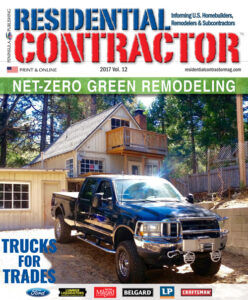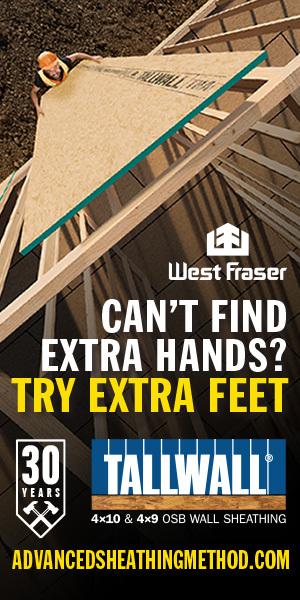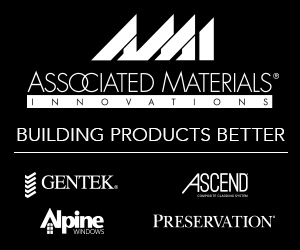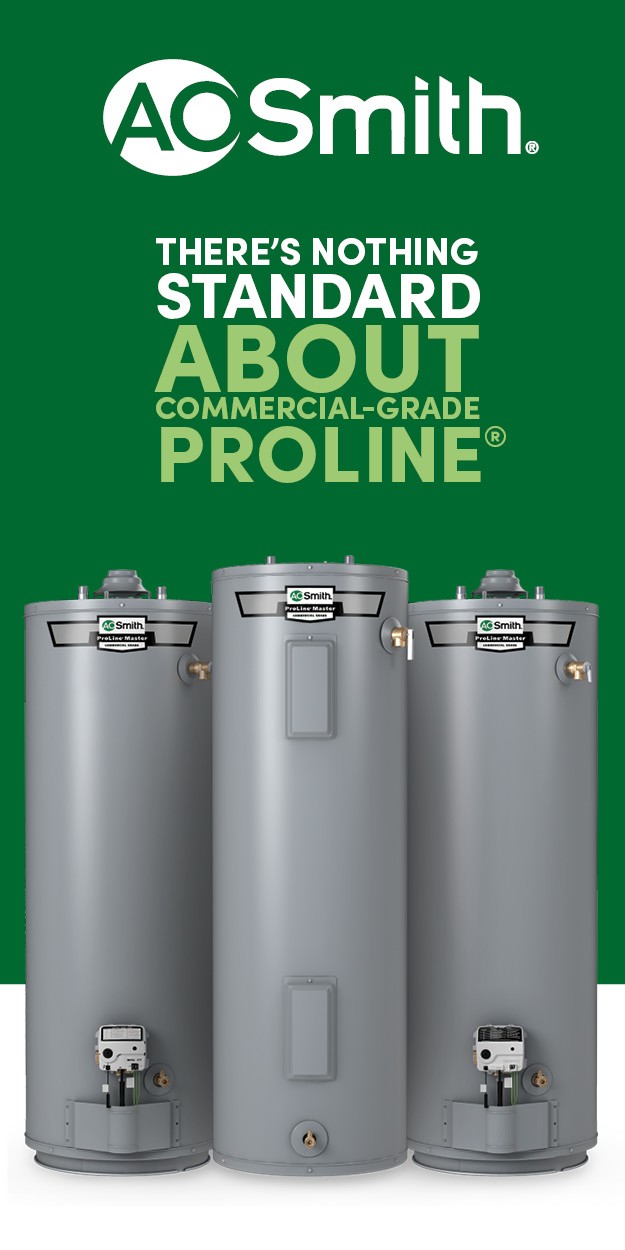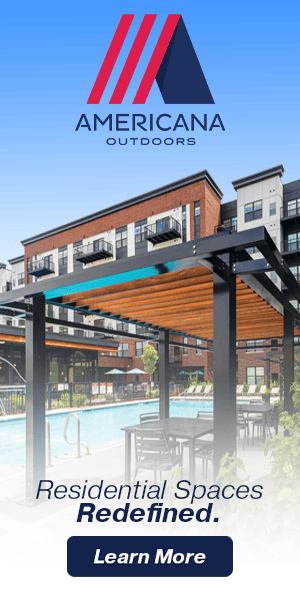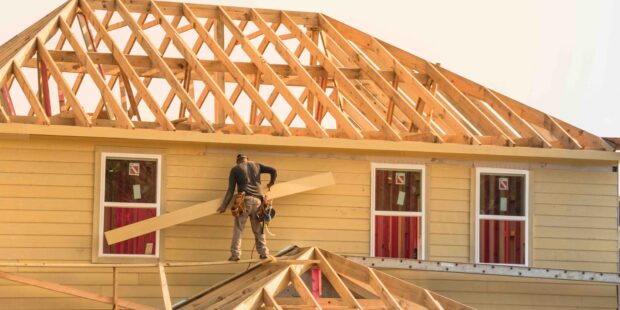
Through comprehensive quality assurance protocols, industry stakeholders can work to defy project failures
By Don Neff
Over the past 30 years, the quality of residential construction projects has improved dramatically in many regions of the United States. This is in part due to insurance company mandates requiring third-party peer reviews of critical architectural details, coupled with outside, independent inspections of the construction process required of builders. This is similar to what was implemented decades ago by Underwriters Laboratories (“UL Tested” labels on electrical devices).
Of course, many progressive builders across the nation have notably taken the initiative to implement comprehensive quality assurance protocols to reduce production disruptions and costs of construction defect litigation (CDL) claims brought by homeowners and homeowner associations (HOAs). Typical deficiency claims have focused on critical assemblies such as concrete foundations, structural framing, weatherproofing of the conditioned envelope (windows, walls and roofs), HVAC systems and a variety of other technical building components. However, there is still a missing component…that of “maintaining community common area elements,” since CDL claims also arise from deferred maintenance.
The construction of buildings and communities is a risky business. Whether owner-occupied or rentals, the risks apply differentially to single-family homes, multifamily townhomes and mid-rise to high-rise condo towers. Construction failures can occur with hospitality and healthcare facilities, as well as office buildings, strip malls, big box warehouse stores and industrial uses. For the most part, it has been residential projects that have been subject to large and complex CDL claims. Only residential projects contain a governance board of homeowners without necessary and comprehensive technical knowledge, training or expertise in building design, engineering, construction or maintenance of building assemblies and common areas.
Early in the construction process, the preparation of the HOA CC&Rs (conditions, covenants and restrictions) should occur. The CC&Rs are governing documents for the common ownership and maintenance over time of common interest HOA communities.
The tragedy is a ‘lack of pricing mechanisms’ or ‘feedback loops’ to properly allocate the assets’ use, and thus either overuse or deferred maintenance occurs. This is the problem with residential community common areas.”
Post-construction is the cycle of ownership and maintenance and lasts for decades, if not centuries in the case of many national and international landmarks, such as monuments, cathedrals and government buildings. Preventative maintenance procedures and practices are necessary to ensure the building’s longevity.
In classical economics, there is a concept called “The Tragedy of the Commons,” in which commonly owned assets are cared for by no one, as everyone is seeking a “free ride” from others who are expected to be responsible for shared area building maintenance. The tragedy is a “lack of pricing mechanisms” or “feedback loops” to properly allocate the assets’ use, and thus either overuse or deferred maintenance occurs. This is the problem with residential community common areas.
General contractors close out their contracts with developers by providing a building “O&M” manual, which is a final specification book with operational details of the various building systems and materials. These manuals include technical information that may not be easily understood by the HOA board of directors. Compiling a calendar and listing that outlines maintenance tasks, schedules and frequencies can be useful to facilitate understanding and implementation of the maintenance program and is separate from the technical O&M manuals.
The practice of providing HOA maintenance manuals is common in many western states, which have had over 25 years of experience in construction defect litigation and proactive legislative reform measures codified in their state laws. SB800 in California is such an example. Florida and other eastern states can learn from these commonly accepted, routine preventative maintenance practices.
Insurance underwriters and brokers should also look for strong language in the CC&Rs, which require HOA boards of directors to implement maintenance and inspection protocols and is crucial to ensure critical maintenance and inspections are being conducted. A funding mechanism to cover the costs of maintenance and inspection protocols should also be required and documented. This is part of the HOA monthly dues paid by the homeowners.
California has a well-developed model to follow. The California State Department (or Bureau) of Real Estate is the oversight agency publishing reference materials designed to guide project developers (www.dre.ca.gov). Two particularly useful documents are the “Operating Cost Manual for Homeowners Associations,” and “Reserve Study Guidelines for Homeowners Association Budgets.” These are important resources to help implement a preventative maintenance program.
All stakeholders in the building and property insurance industry need to live by the adage: “An ounce of prevention is worth a pound of cure.” What’s in your toolbox?
Don Neff is president of LJP Construction Services.







